
|   |

|   |
Gurudevotsava in Mandya - Vijay Shanker e-mail: vijaydance@gmail.com October 17, 2024 Gurudev Academy of Fine Arts (Mandya) near Mysore organised the national level festival of classical dance for three days from September 14 to 16 at Sree Vivekananda Rangamandira, PES College premises in Mandya. The festival showcased young upcoming dancers as well as professionals. This is an annual festival organised with the intention to promote and propagate classical arts, particularly amidst children and youth of the country. Gurudev Academy of Fine Arts was established in 1995 by accomplished Bharatanatyam exponent Dr Chethana Radhakrishna, who is known for her outstanding dedication in the field of Indian classical dance. Over the years, Dr Chethana has trained several dance aspirants and organised events in order to attract the attention of the larger section of the society towards our rich cultural heritage, by providing platforms to young deserving artistes and professionals. Dr Chethana says, "This festival is organised annually with the intention to encourage young children in learning classical dance and music and also to make the parents aware about the significance of these art forms of India. Initially it was not easy for me to convince the parents and students regarding the significance of classical art forms, as they had a different mindset already. I am glad about the gratifying response I have been receiving over the years". 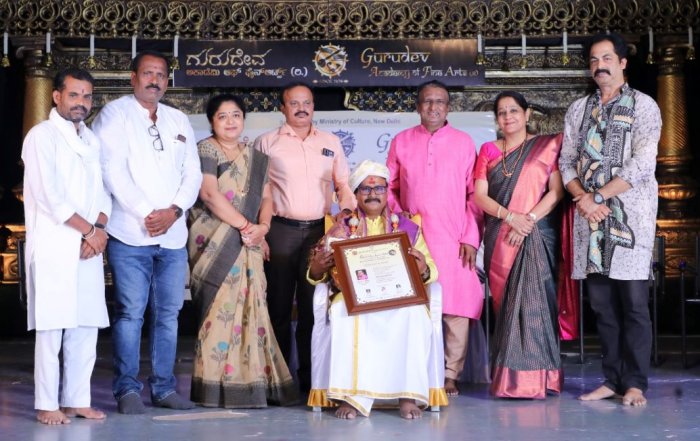 Gurudev Award to lighting designer ML Rajan Besides solo, duets and group presentations, veterans in the field of performing arts were honoured with the Gurudev Award. The recipients were Shubha Dhananjayan, president of Sangeeta Nritya Academy, Prakash Iyer of Shri Nataraja Kalaniketan from Bangalore, Pt Bhimashankar Bidanur from Mysore (tabla maestro) and lighting designer ML Rajan. On the various aspects and significance of performing arts, paper was read by Sindhu Rao of Lasyanga Nritya Shala, 'Study of Natya Mandaps in the various palaces of Mysore'; Lakshmi Vishwanathan of Margam Arts from Mysore spoke about 'The crucial beat: Why heart rate monitoring matters for dancers.' It was quite thought provoking as it dealt with the significance of breathing properly, breathing exercises and how one can avoid panting after performances. Srividya Rao of Durga Academy spoke on dance in classical Sanskrit literature, its evolution, significance, the change from the traditional to the present scenario. Lighting designer ML Rajan presented quite an interesting lecture demonstration in which he showed how the different types of lighting could change according to the position of the dancer on the stage and how important it is for the dancer to realise the significance of lighting and vice versa. The performances commenced with group presentation in Bharatanatyam style by dancers from Gurudev Academy, ranging from tiny tots to seniors. For many children it was their first appearance on stage, hence a combination of both excitement and nervousness. The first solo performer was by E Lakshmi Kartika who performed Gajavadana in praise of Lord Ganesha, followed with duet presentation in Bharatanatyam style by Nitya Pusta and Hashini S of Pushkara Performing Arts, Bangalore. The duo performed Sharade in praise of goddess Saraswati, Kalinga Nartana that demonstrated well the tussle between Krishna and the serpent Kalinga. However, the piece-de-resistance of the evening was Bho Shambho that successfully presented the glory and power of Lord Shiva. Another duet performers of the evening were Kusumitha and Siddi Sankalp of Pushkara Performing Arts from Bangalore. The second day's programme commenced with rhythmic percussion delight, led by Pt Bhimashankar Bidanur and eight disciples, six boys and two girls, as they enthralled the audience with varied tala patterns on the tabla. Baby Aina Somaiah of Gurudev Academy impressed the audience with her sparkling performance. After the invocatory Nartana Ganapati, Aina danced Naga Devata, a number dedicated to Lord Shiva, composed by Mysore Vasudevacharya. The clarity of movements and her innate expressions left an indelible impression on the audience. Group Bharatanatyam performance 'Nritya Dhara' was performed by the online students of Gurudev Academy - Akshata Pai, Preeti, Padma Priya and Ramya Raghavendra. They performed a composition of Papanasam Sivan, namely Shri Ganesha Charanam Gajanana, followed by Nataraja Kautvam. Their performance was pleasing, but they could definitely do better. 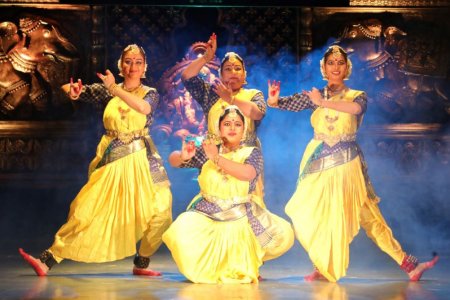 Nritya Dhara by Gurudev Academy 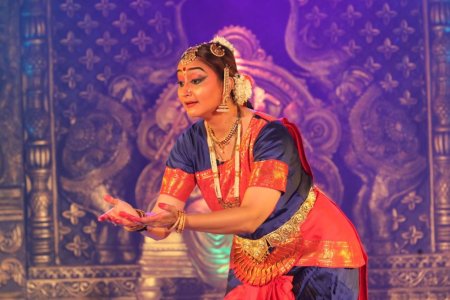 Akshata Pai Akshata Pai, senior disciple of Dr Chethana Radhakrishna, has established Nritya Gurukul in Noida. She performed Durge in praise of the benevolent and virile aspect of the goddess. Akshata did complete justice to this number by interpreting the power and the glory of the goddess. 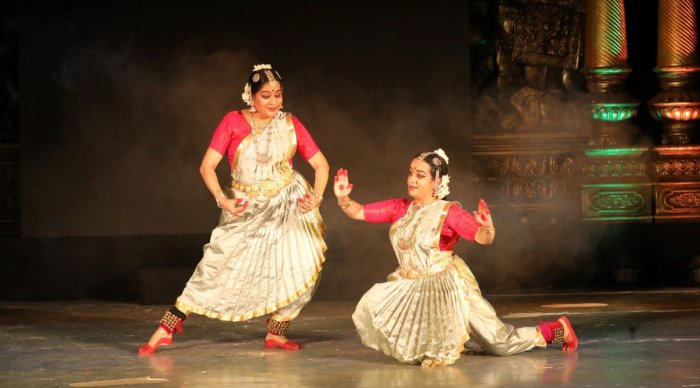 Chethana Radhakrishna and Sindhu Rao On the final day of the festival, it was a pleasure to watch the duo performance by Chethana Radhakrishna and her disciple Sindhu Rao. They commenced with the beautiful depiction of Ananda Nartana Ganapati. However, the highlight of the performance was the popular Tulsidas composition "Tumak Chalat Ramachandra". Besides the childhood thrills, the vatsalya of the mother for little Rama was well portrayed and the dancers shared a fine chemistry between them. 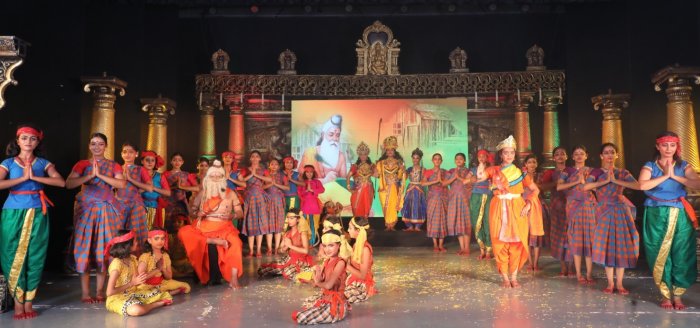 Valmiki dance drama Vidya Rao and her disciples from Sai Durga Nrutya Academy from Mysore performed Ardhanarishwara, the Shankaracharya composition, with dexterity and fine clarity of movements. The grand finale performance was the dance drama 'Valmiki' that portrayed the story about what transformed his life from being a dacoit to becoming the saint who wrote the immortal Valmiki Ramayana. The audio visuals of Valmiki's Kuteera, the forest scenes and by and large the performance was concise and pleasing. On the whole, it was a fine festival of young children, youngsters and some established performers. 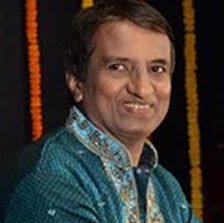 Vijay Shankar is a Kuchipudi and Kathakali exponent, teacher, bilingual journalist, arts critic and actor. |